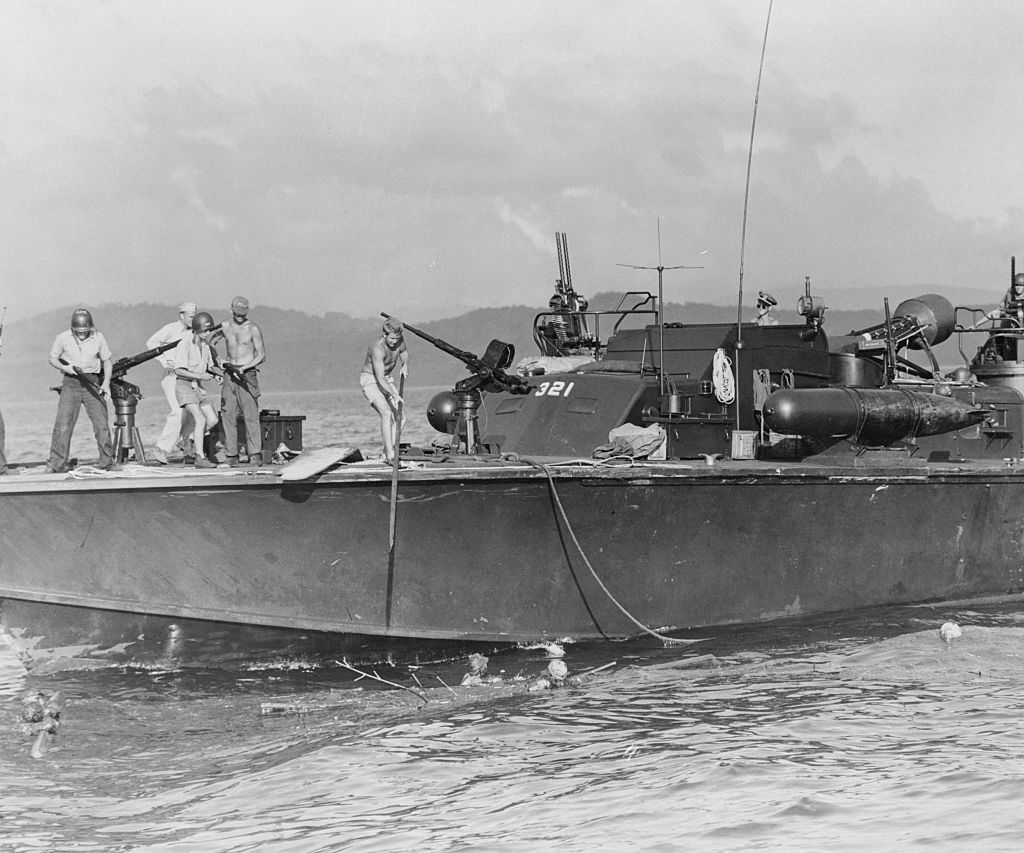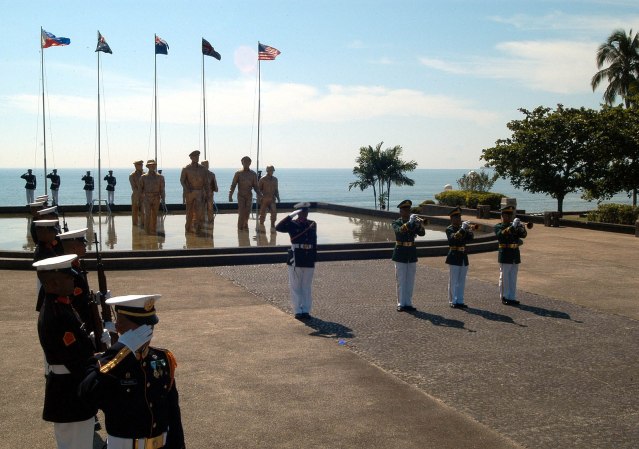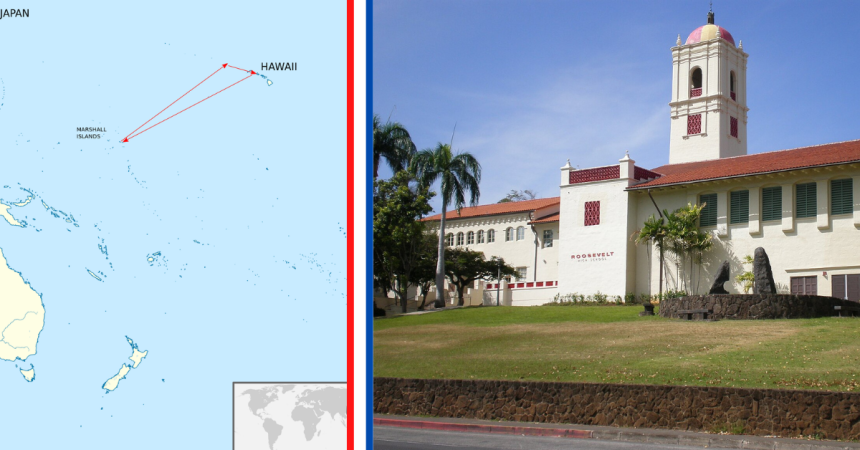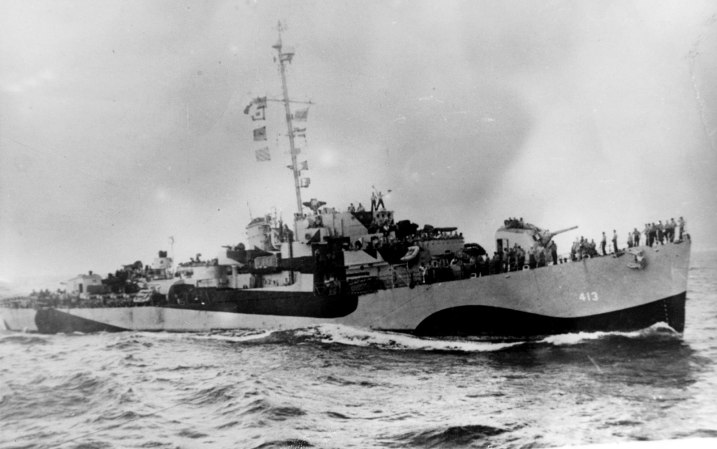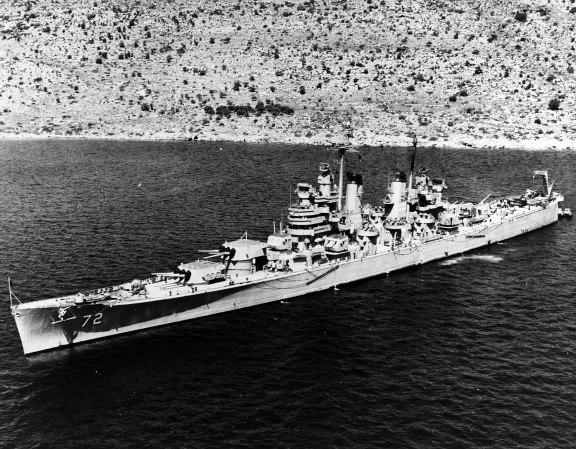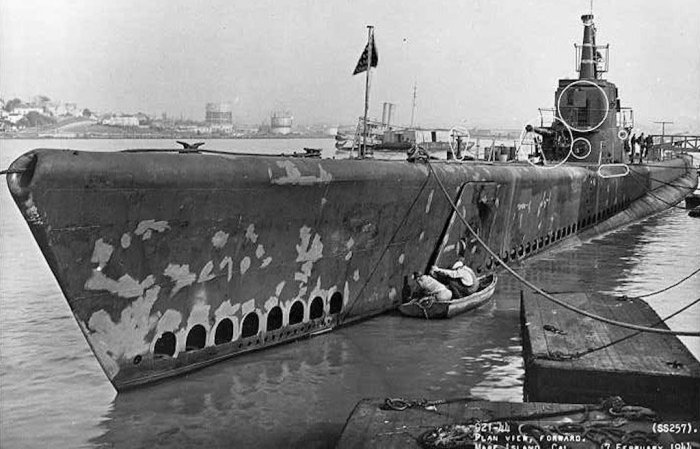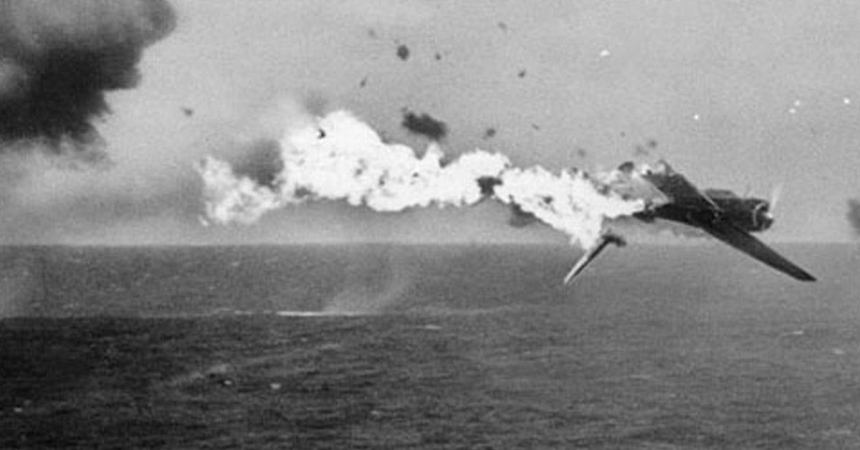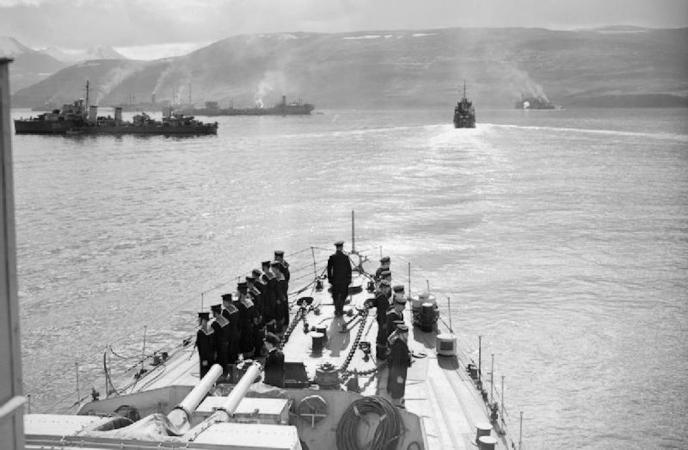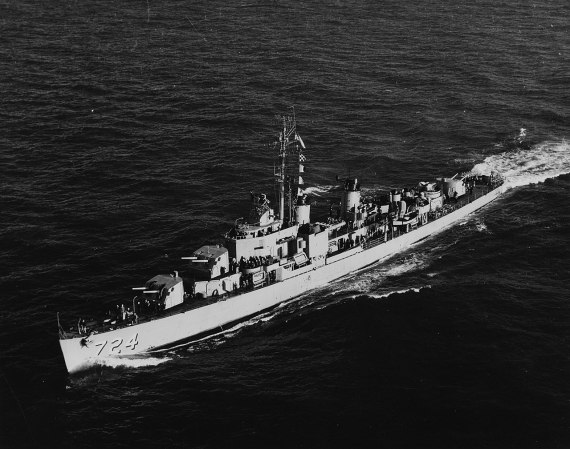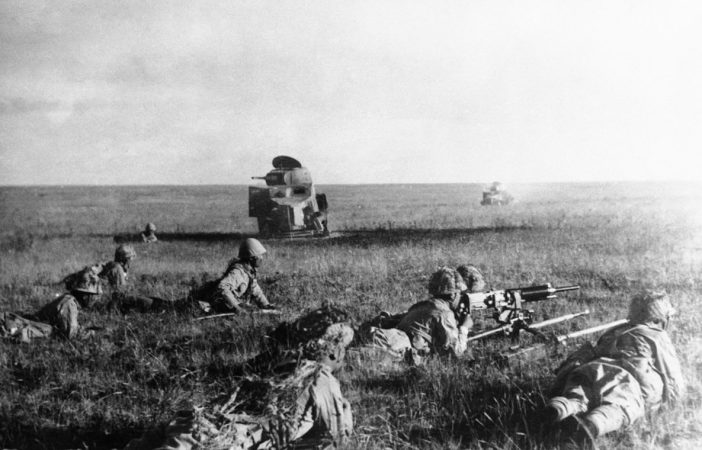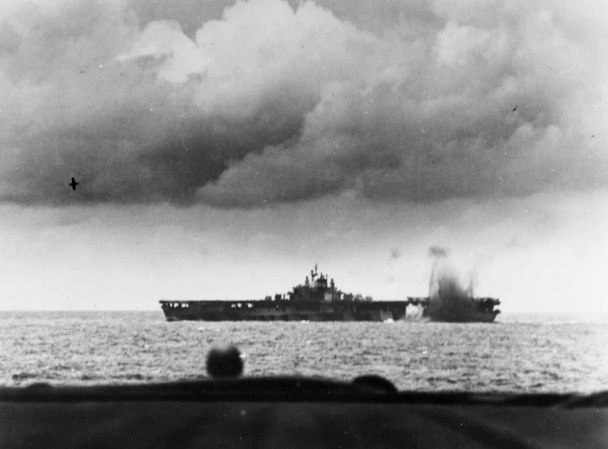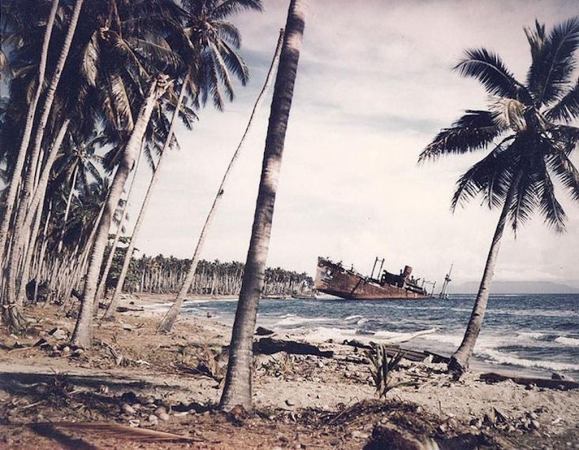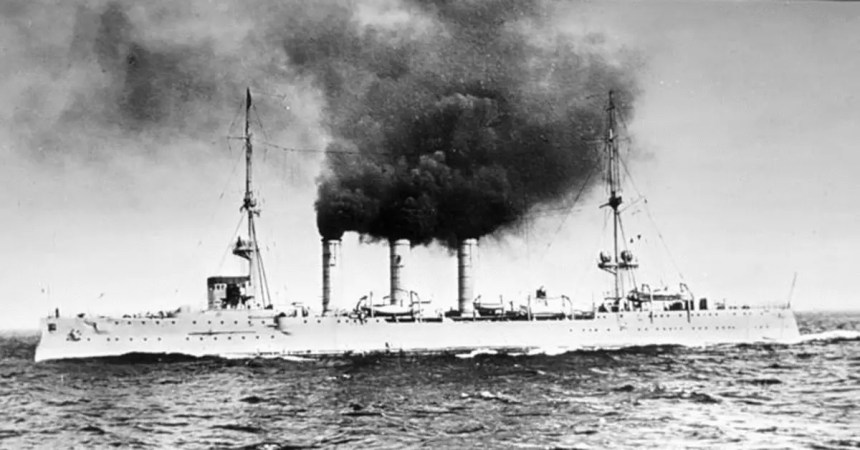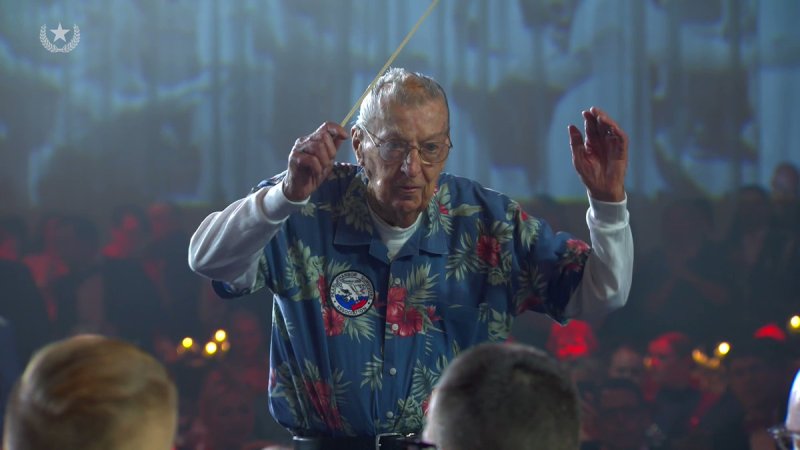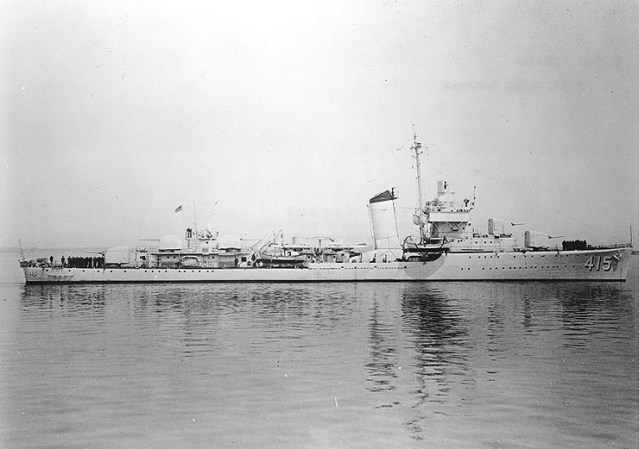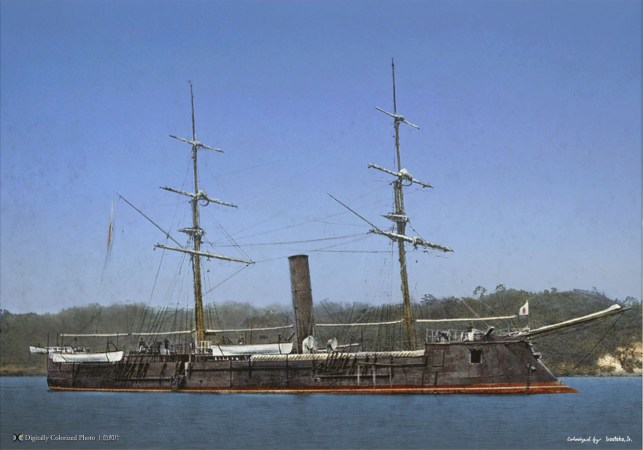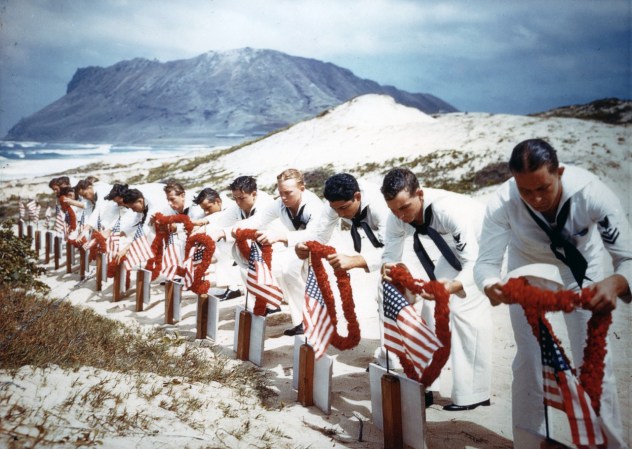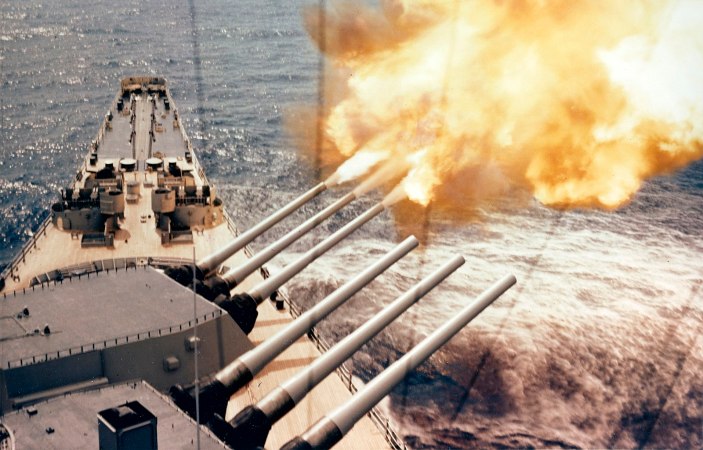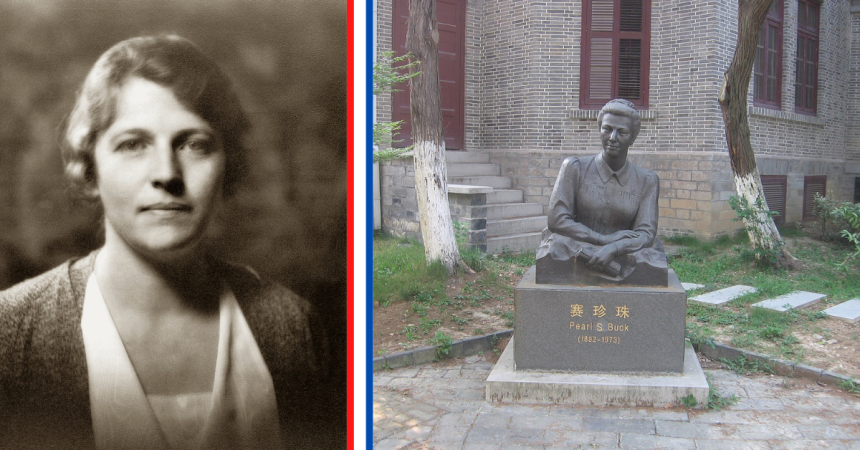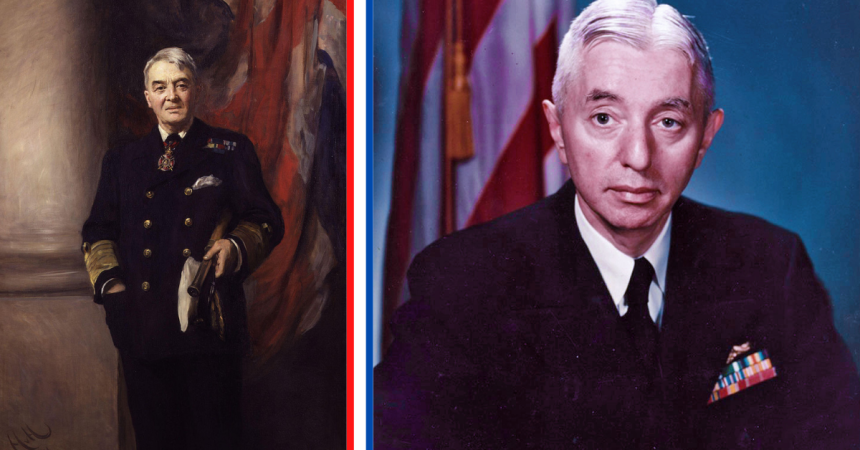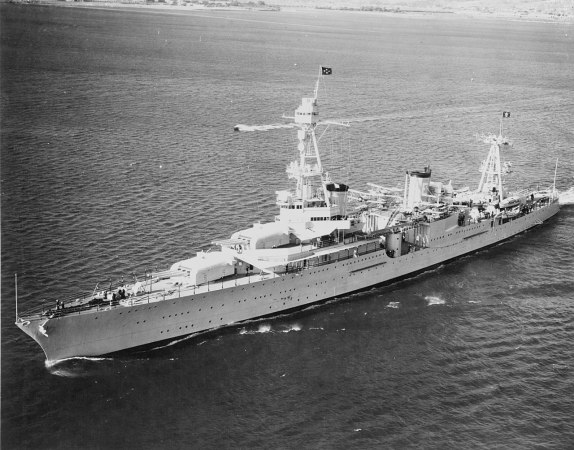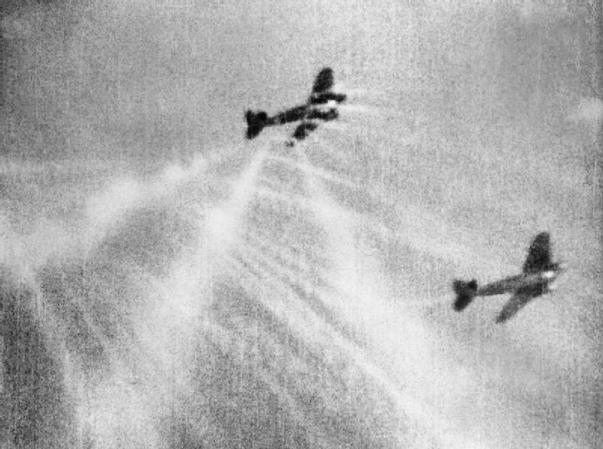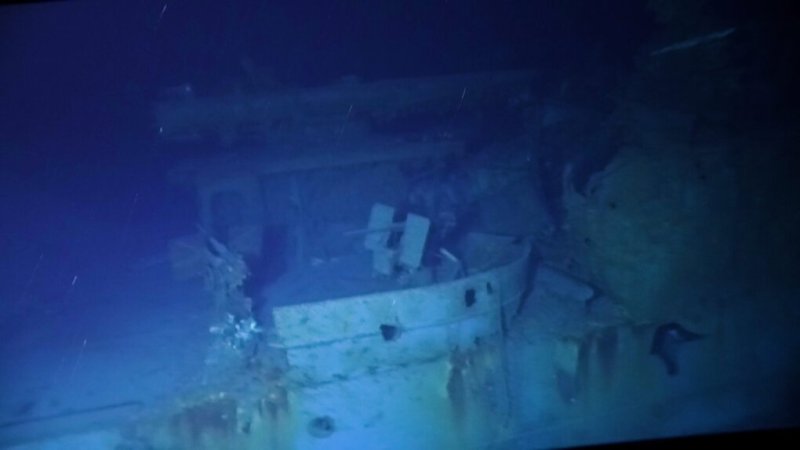We’ve talked about legendary moments from the Battle of Leyte Gulf, a decisive battle that cemented Japanese naval defeat at the end of World War II. The task force Taffy 3 annihilated Japanese forces. A Navy ace fighter pilot shut down a 60-plane attack almost single-handedly. And five battleships damaged or sunk at Pearl Harbor slaughtered Japanese ships attempting a surprise attack.
Sho-Go, the Japanese Victory Operation
By late 1944, America and its allies firmly held the momentum in the Pacific. In the Battle of the Philippine Sea the previous June, America sank three Japanese carriers and shot down hundreds of planes. Japanese leaders desperately needed to stem the U.S. Navy’s advance. Their plan to do so became Operation Sho-Go.
Broadly speaking, Japanese leaders split their fleet into three major arms. It included a decoy force and two attack forces assaulting along different axes. Japan wanted to halt the next American invasion force with air power and the surface fleet. The decoy force needed to draw away American airpower as the other forces surprised and slaughtered American carriers.
When America launched its invasion of the Philippines at Leyte, Japan initiated Sho-Go.
The operation went wrong for the Japanese almost immediately as two American submarines spotted the stronger attack force on October 23, 1944. They followed the fleet, radioed extensive intelligence back to the rest of the Allied fleet, and then launched a torpedo attack that sank two heavy cruisers. An aerial attack the next day took down a battleship.
Battle of Surigao Strait

The Japanese C Force was part of the second, smaller attack force. It attempted to move north through the Surigao Strait in order to interrupt the landings on Leyte. Unfortunately for them, the U.S. Navy knew Japanese ships would attempt an attack. Vice Adm. Kinkaid ordered his entire fleet to prepare for a night engagement. The resulting fight became the Battle of Surigao Strait, a major part of the larger Battle of Leyte Gulf.
The Japanese force consisted of two large battleships, a heavy cruiser, and four destroyers. And there was a second force behind them with three cruisers and seven destroyers.
The Americans, knowing an attack from the south was likely, deployed PT boats and destroyers on patrol and then a battle line behind that with six battleships, eight cruisers, and some more destroyers.
The Japanese forces ran into the first patrols a few hours after midnight on October 25. The first PT boat attacks scattered some Japanese ships but did little real damage. But the torpedo salvo from the destroyers did better, sinking three destroyers and a battleship.
Then, the remaining Japanese battleship, a cruiser, and a destroyer attempted to continue north, right into the radar of the six American battleships. The West Virginia, California, Tennessee, Maryland, and Pennsylvania were survivors of Pearl Harbor. And the USS Mississippi backed them up in the fight.
U.S. ships, anchored by Pearl survivors, savage the Japanese
The American battle line achieved the classic “crossing the T,” with all of the American ships able to fire broadsides at all of the Japanese ships nearly simultaneously. So the U.S. ships were more modern, had the element of surprise, and had a vastly better position.
The West Virginia achieved radar contact first and sent its first salvo directly into the Japanese battleship Yamashiro. As the Japanese continued, the California and Tennessee joined in, then the cruisers and the rest of the battleships.
The three Japanese ships, lacking advanced radar, could only attack visible targets, but they were under attack from over a dozen American ships. Japanese ships suffered extensive damage. When they finally decided to turn tail and run, a final torpedo struck the damaged battleship and sank it.
The destroyer and cruiser continued their escape. But the Japanese commander had unfortunately failed to alert the second Japanese force as to how badly the battle was going. Just as the two surviving ships fled south, one crashed into the lead ship of the following fleet.
American forces pursued the stricken cruiser Mogami and eventually sank it after the main battle. The rest of the Japanese ships were forced back south.
The Battle of Surigao Strait, part of the larger Battle of Leyte Gulf, was an attempted Japanese surprise attack to regain momentum in the Pacific. Instead, America decisively destroyed the Japanese attackers and did so much damage to the fleet that Japan could never re-assert its seapower.


